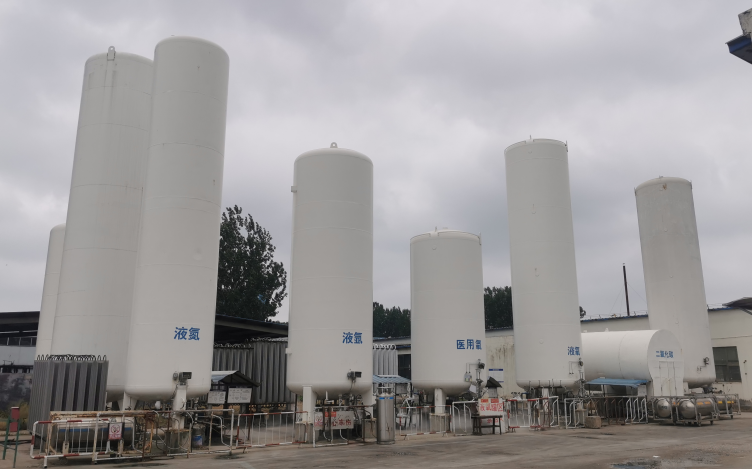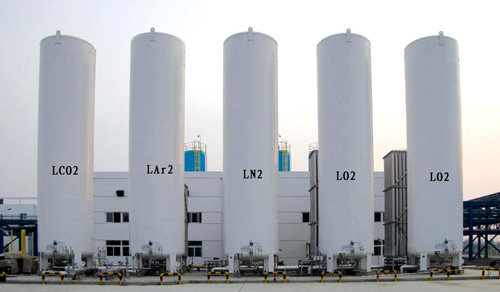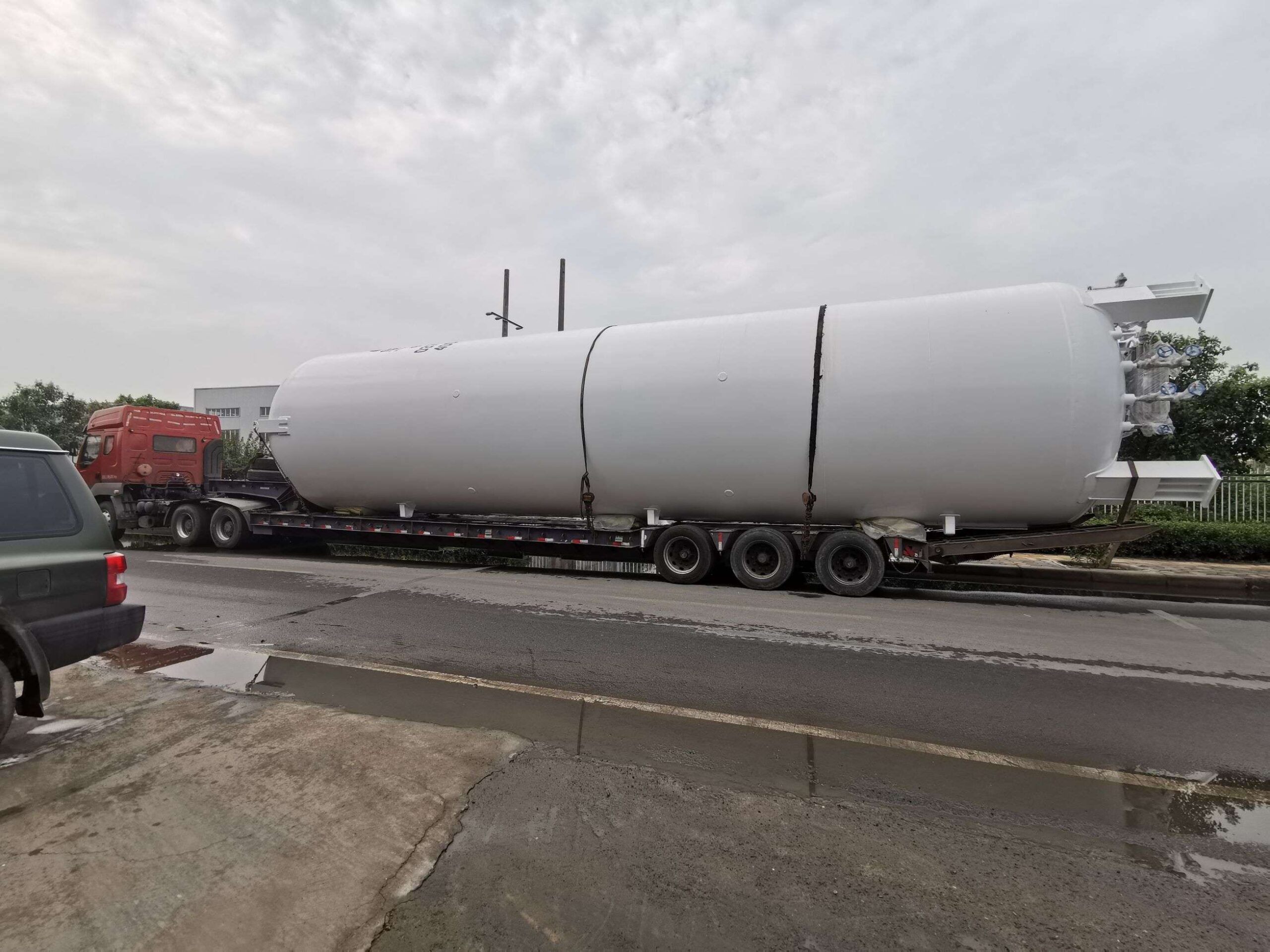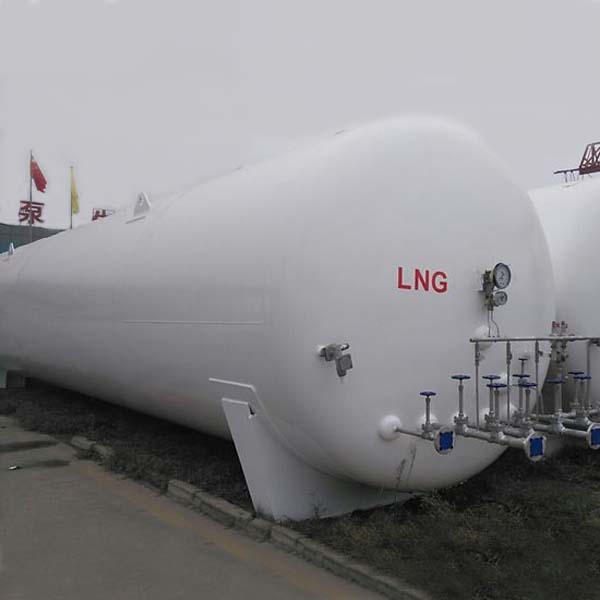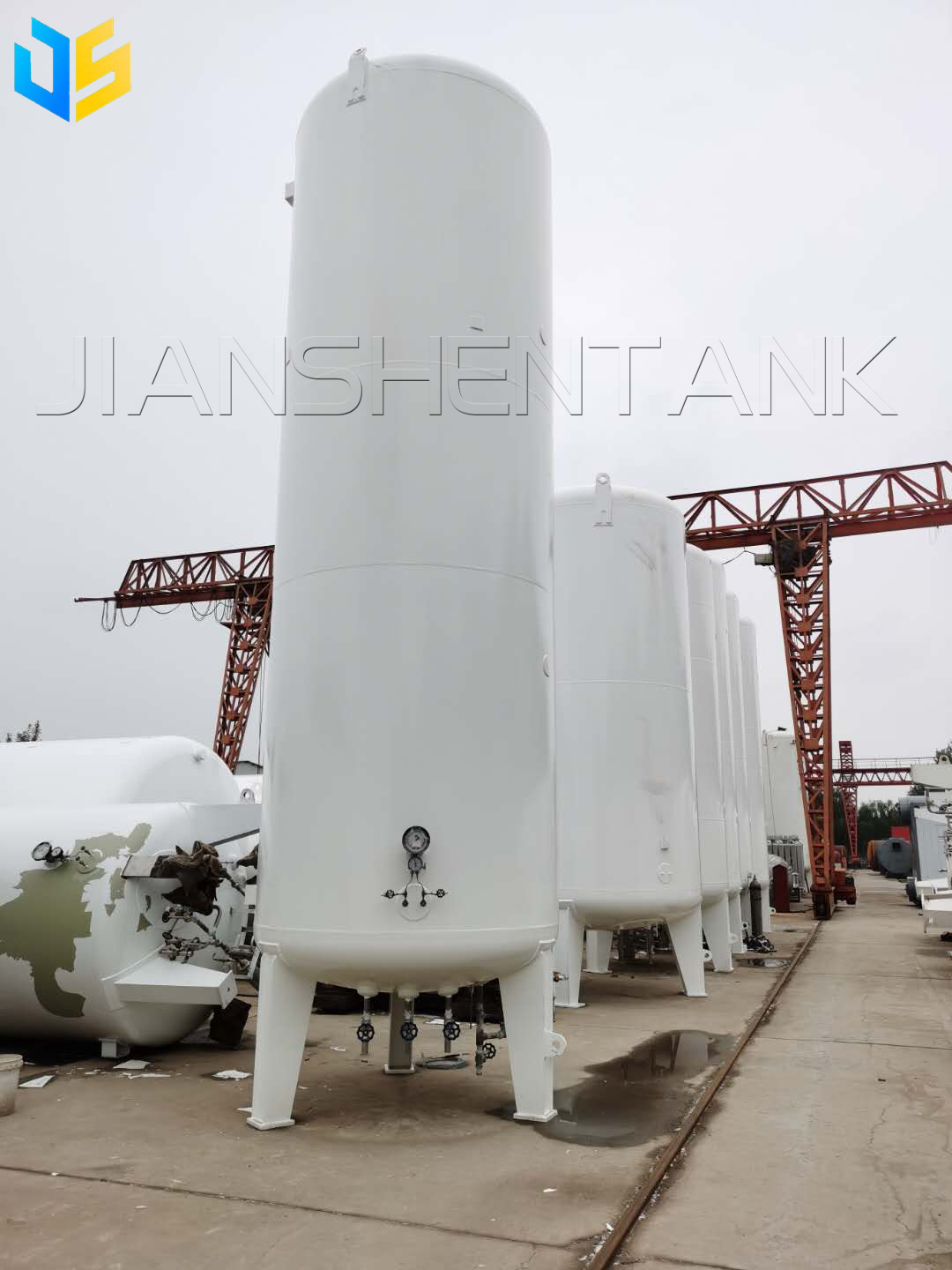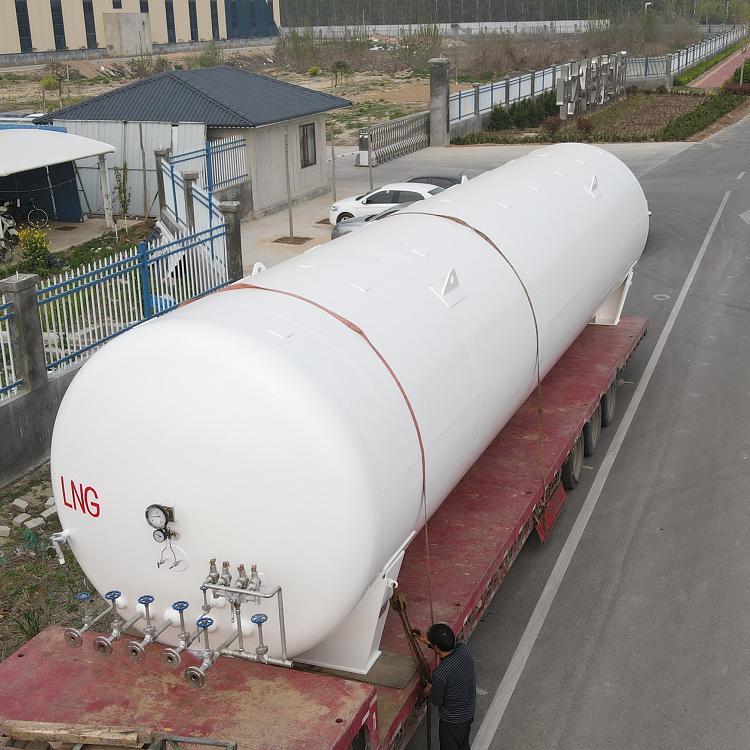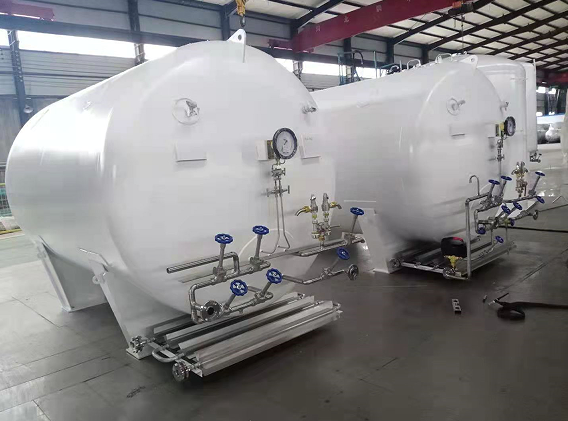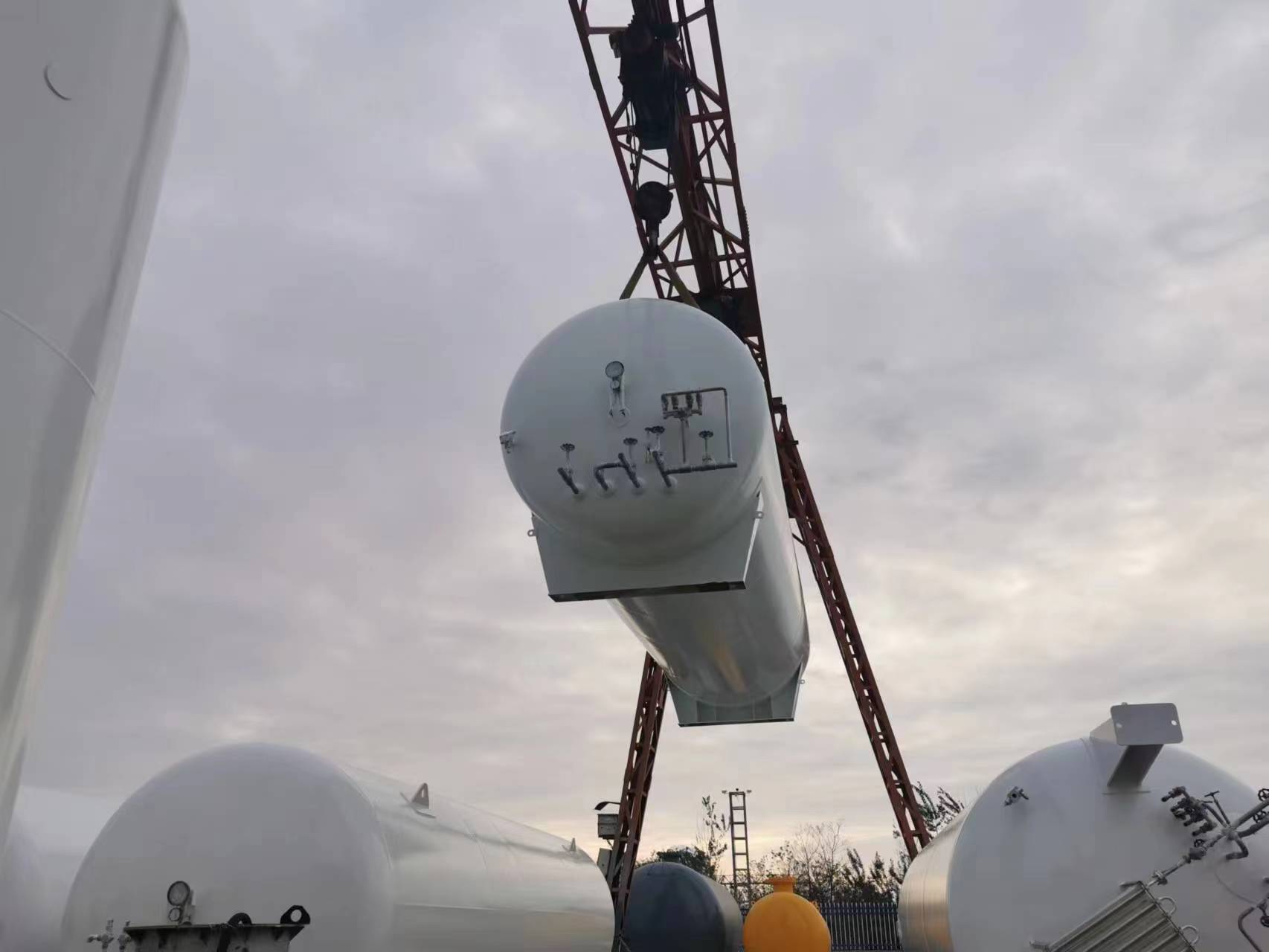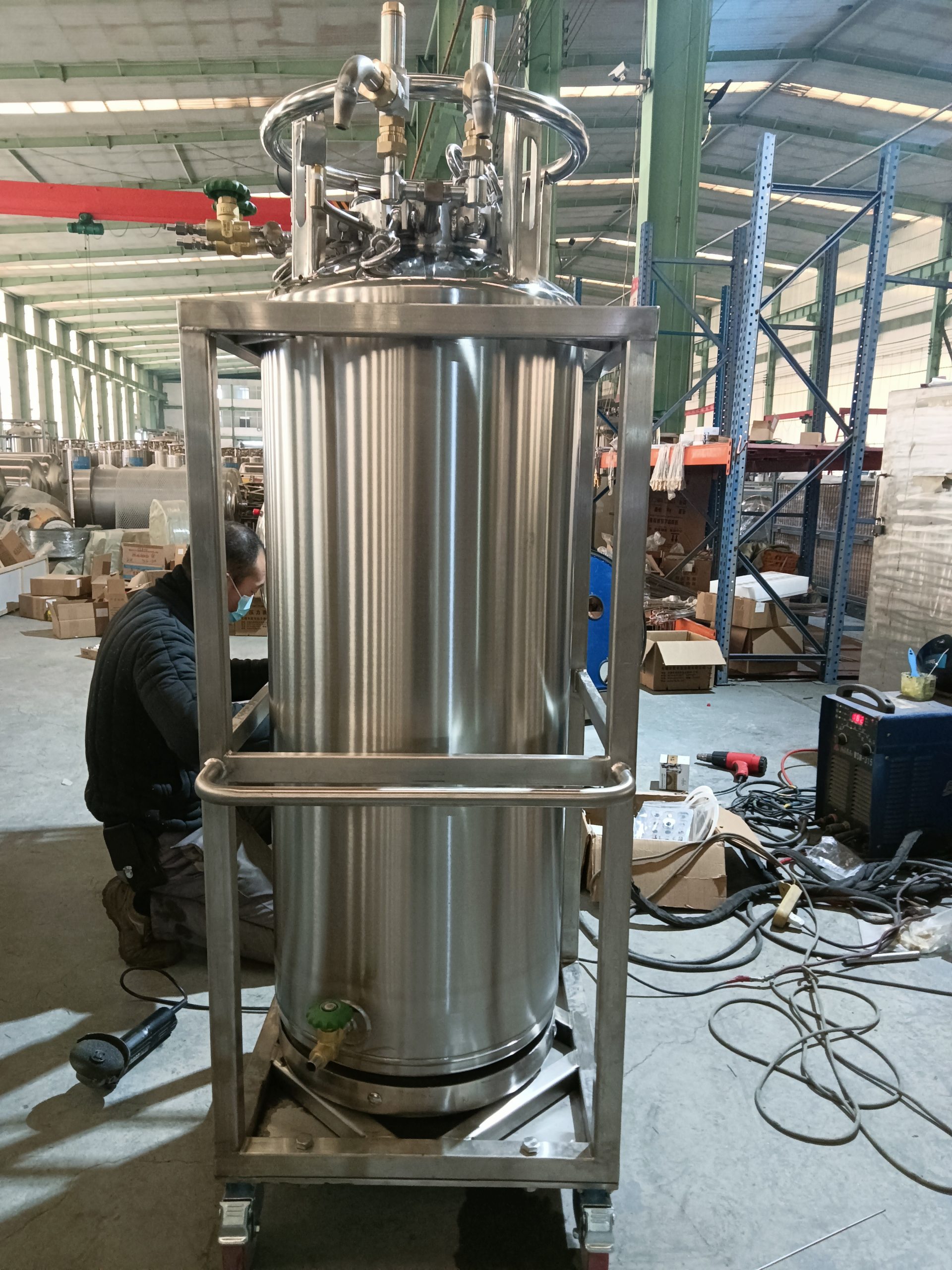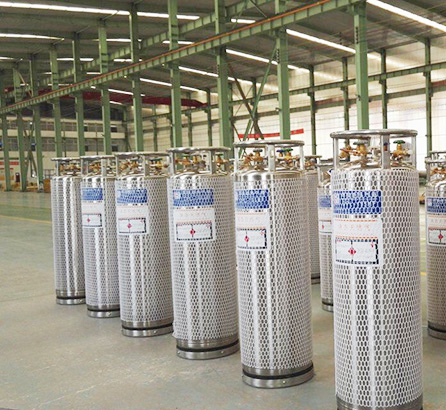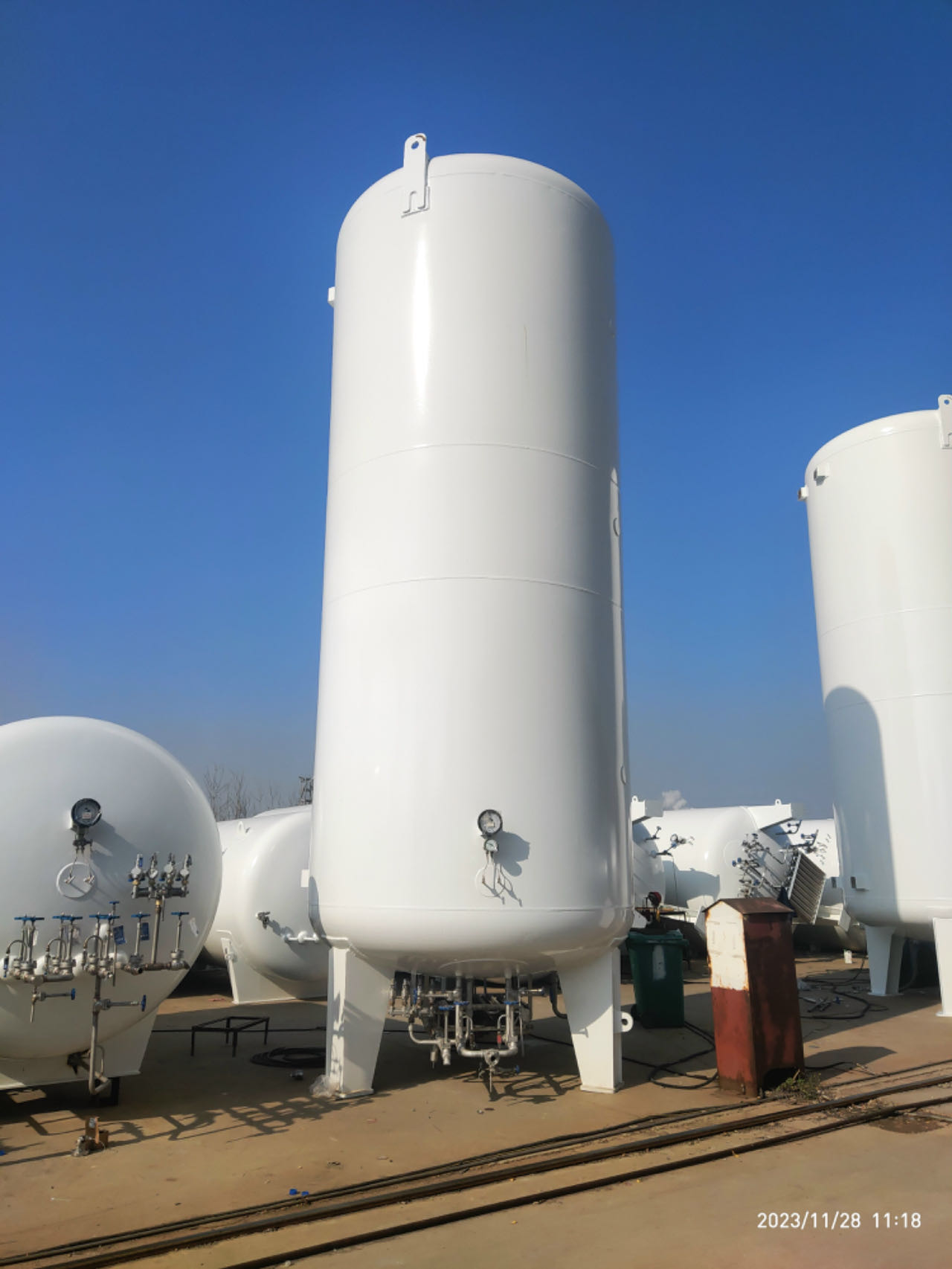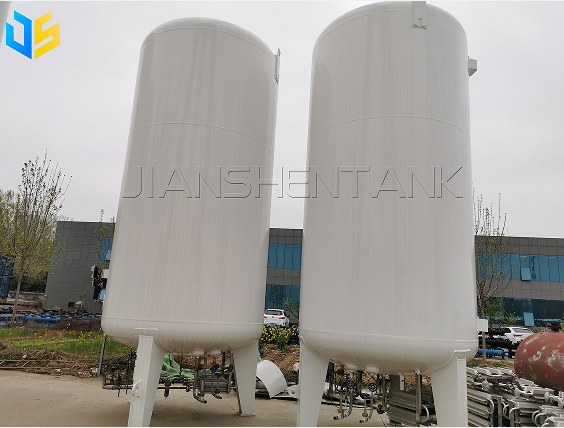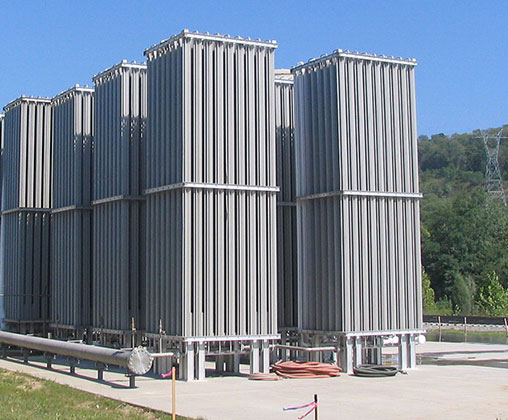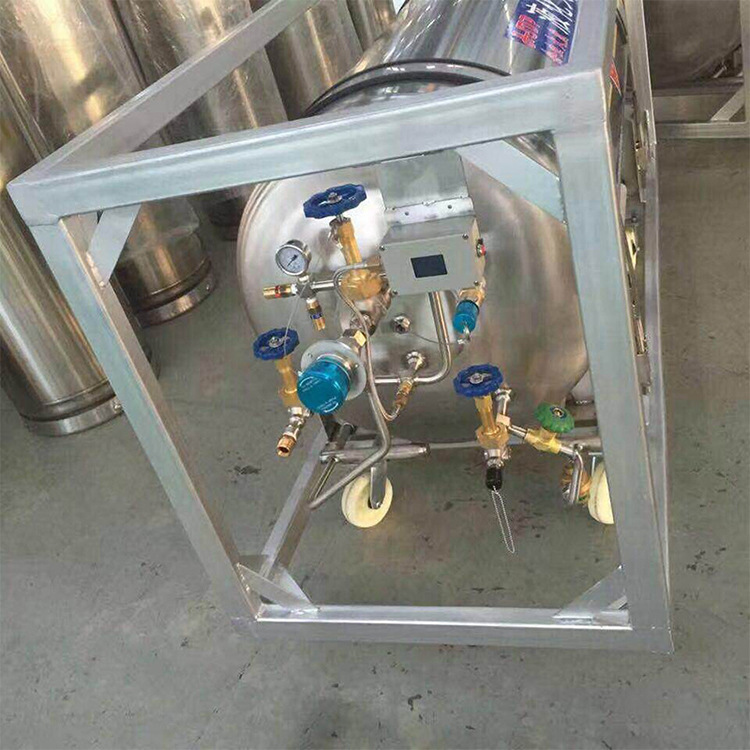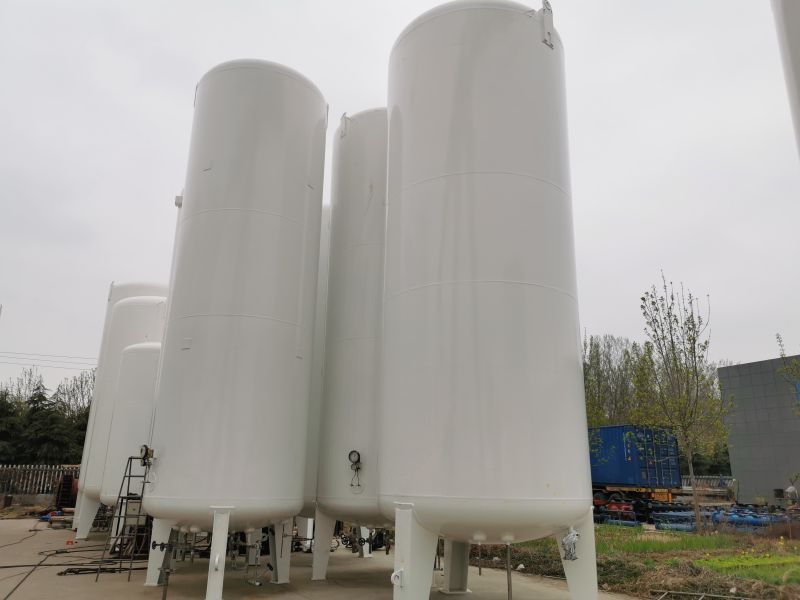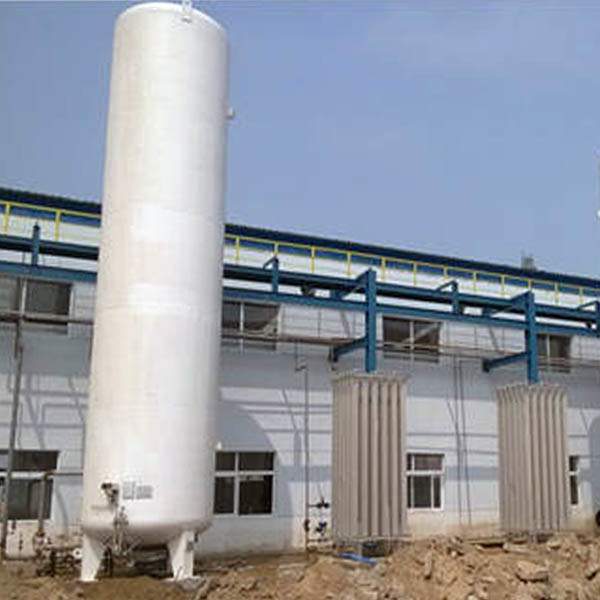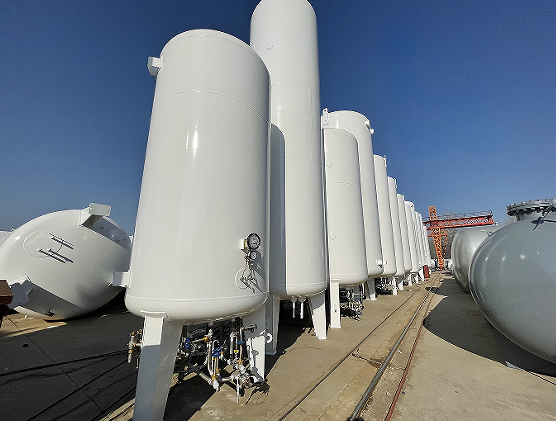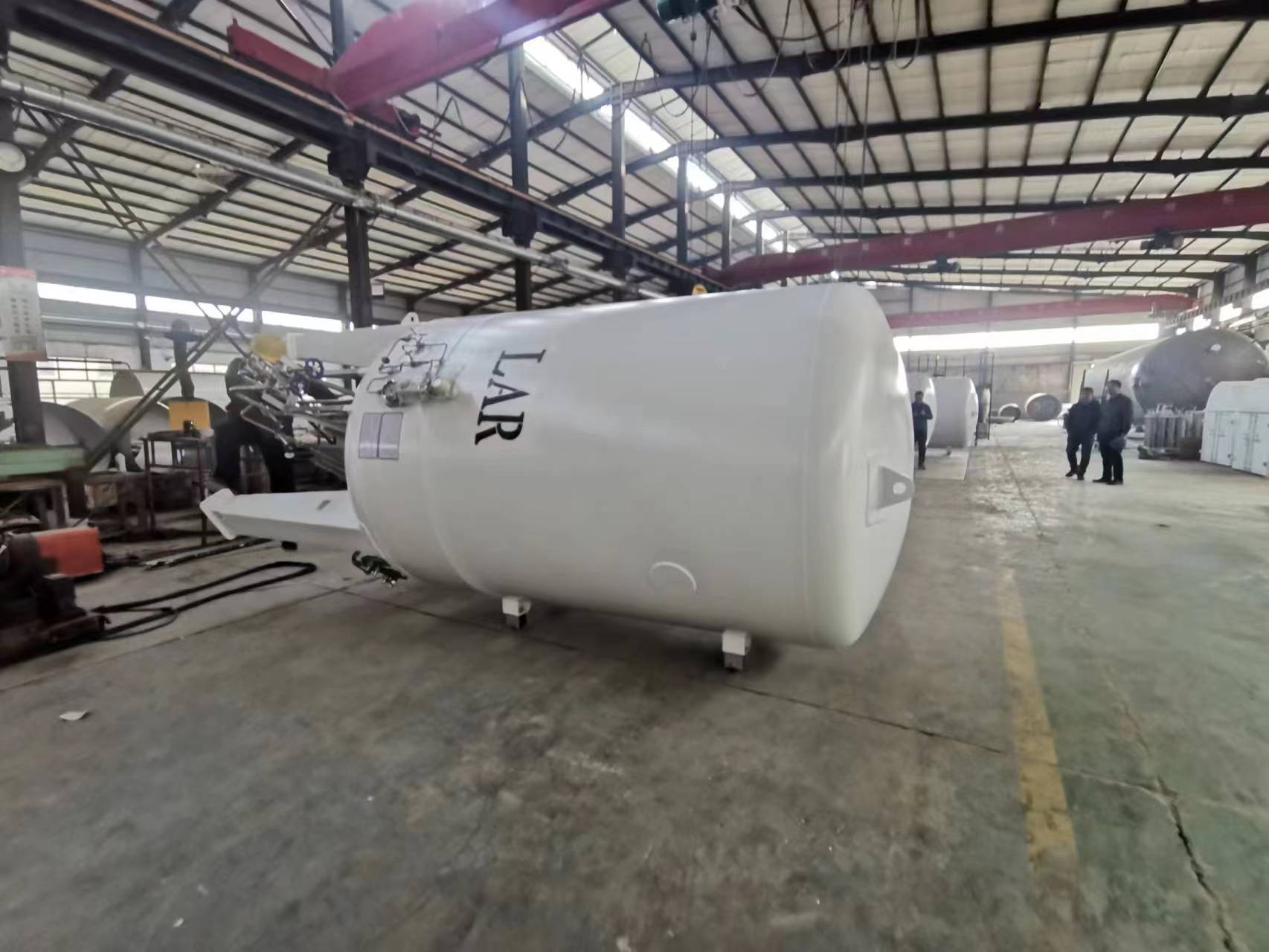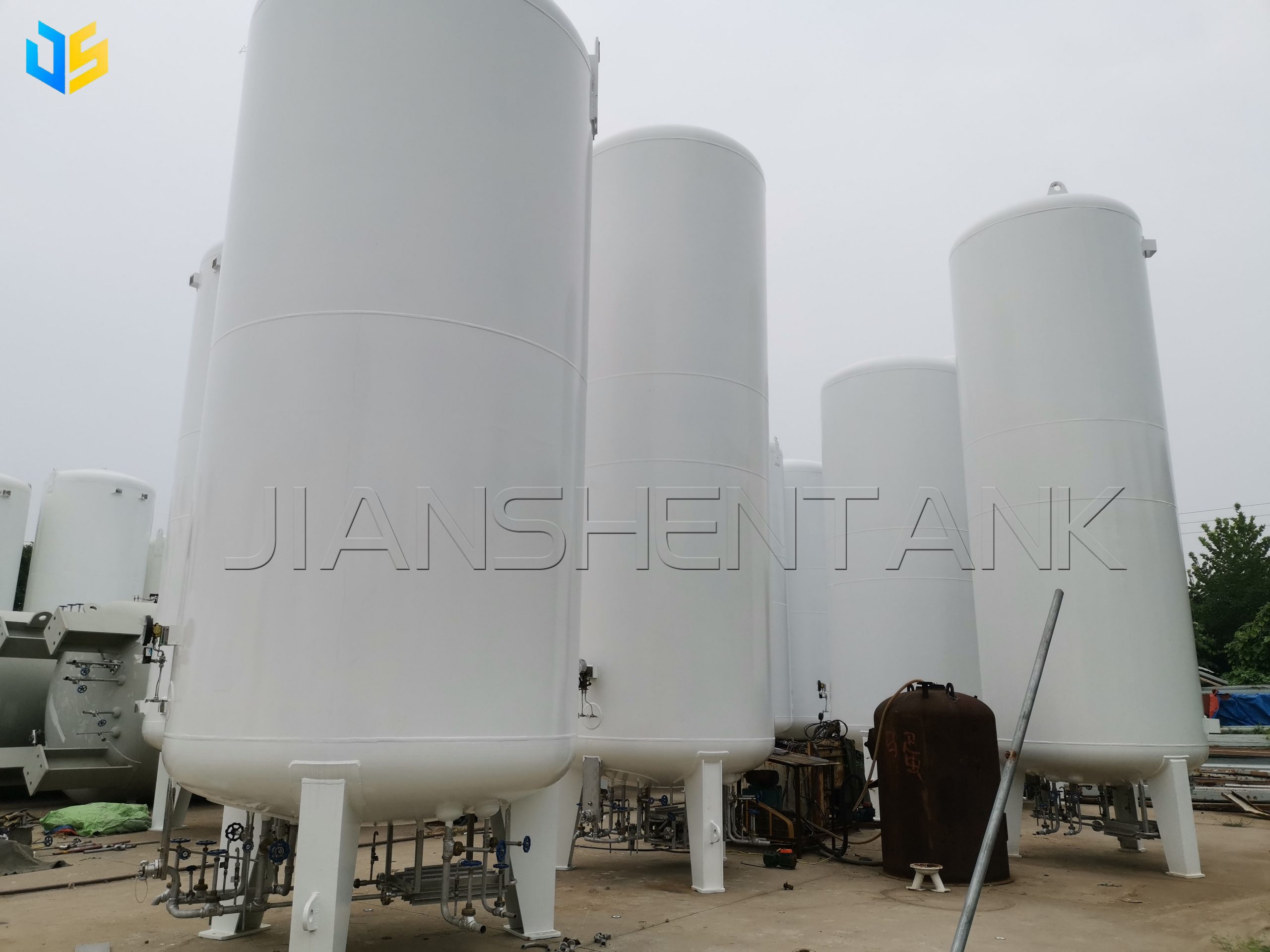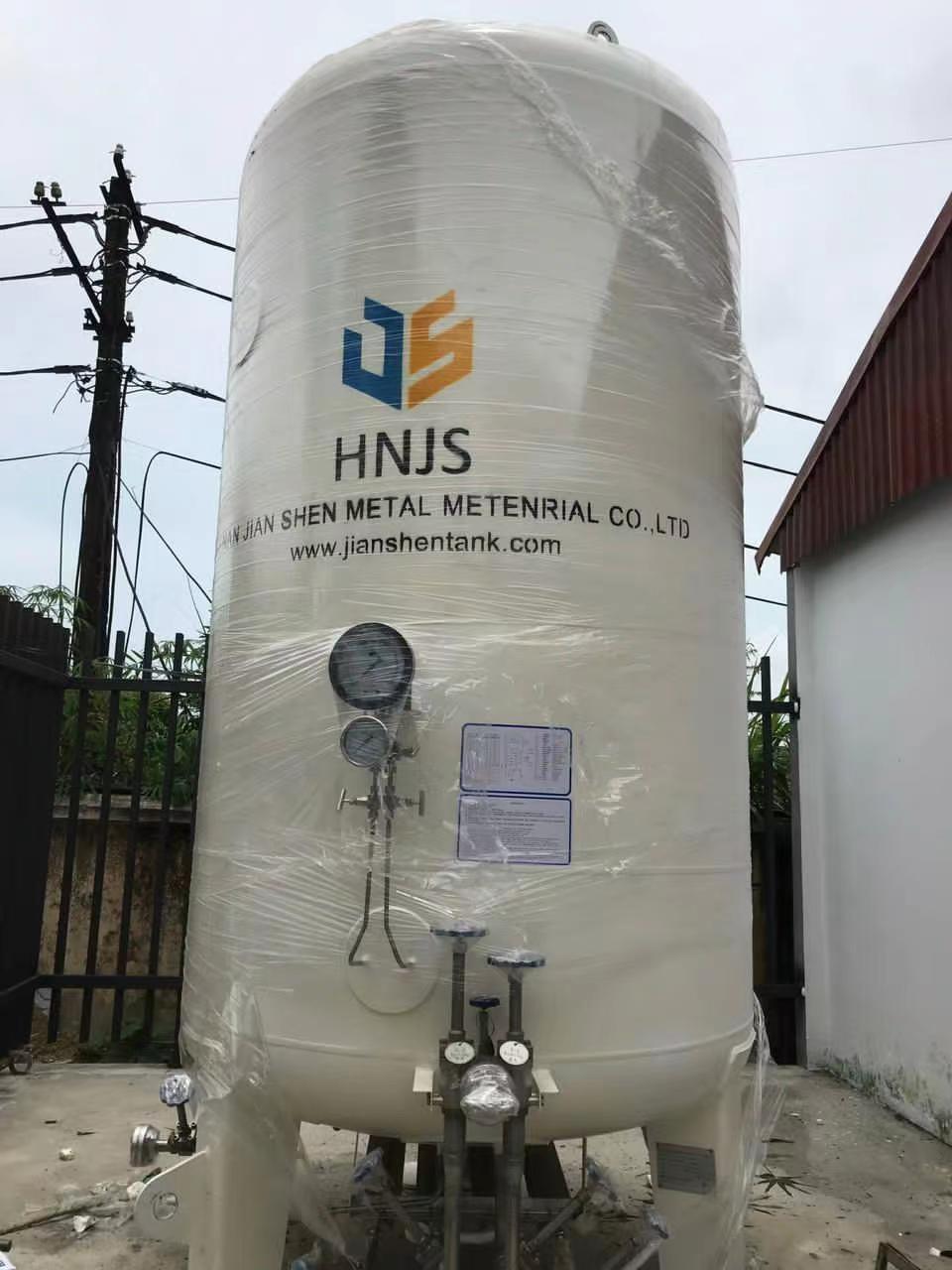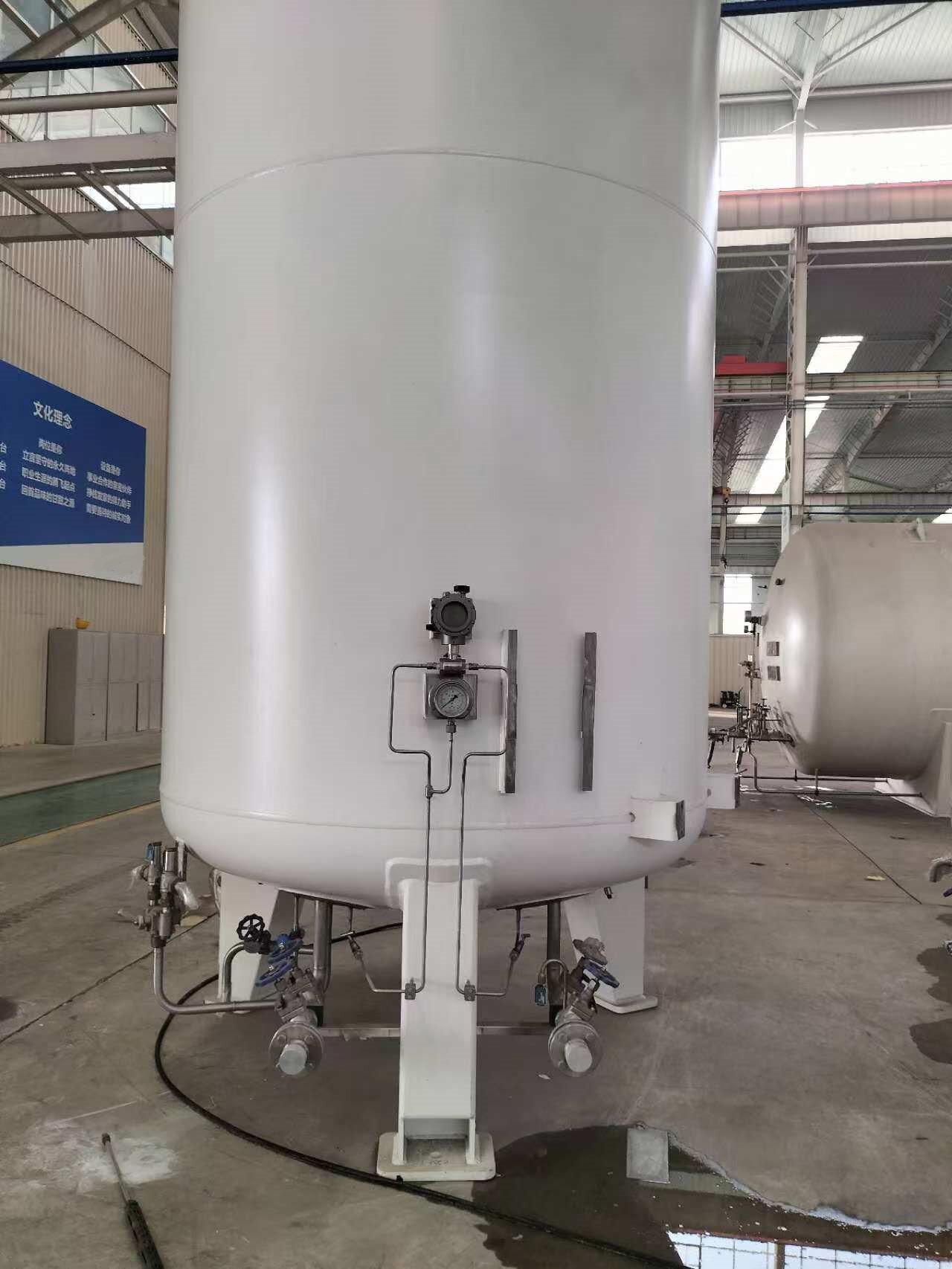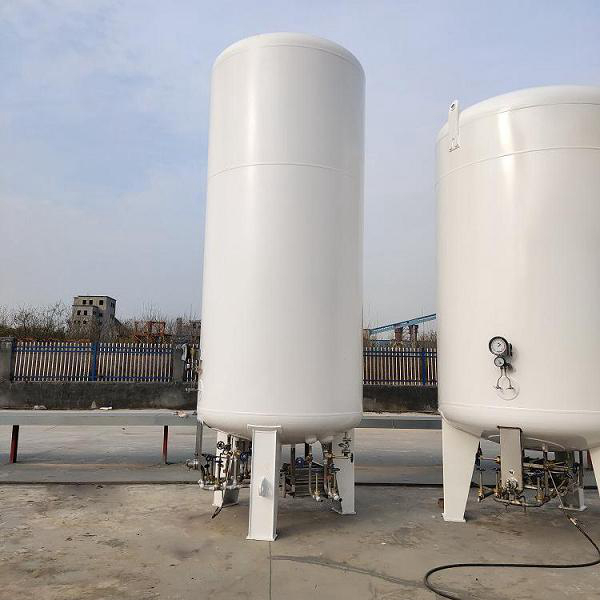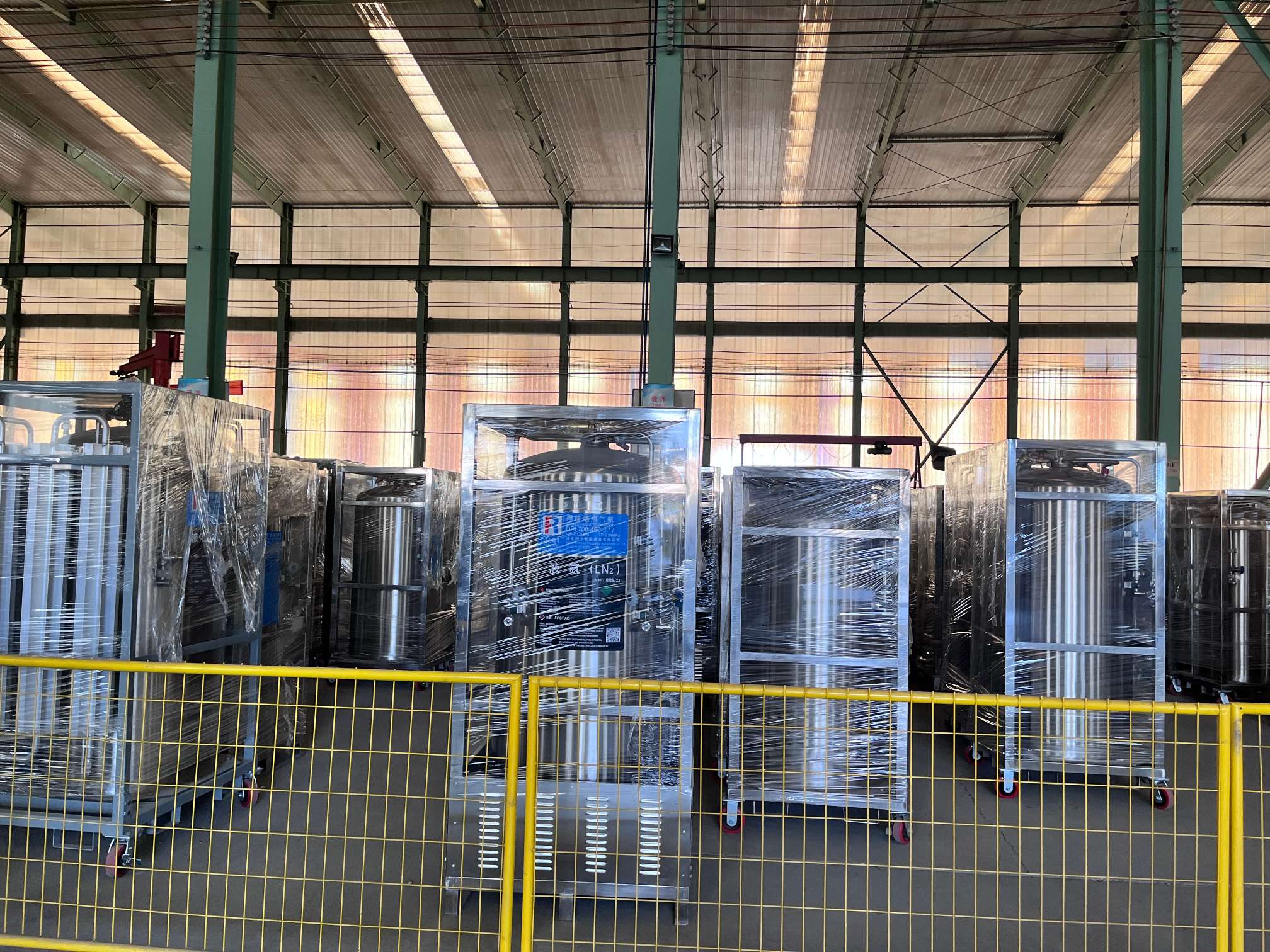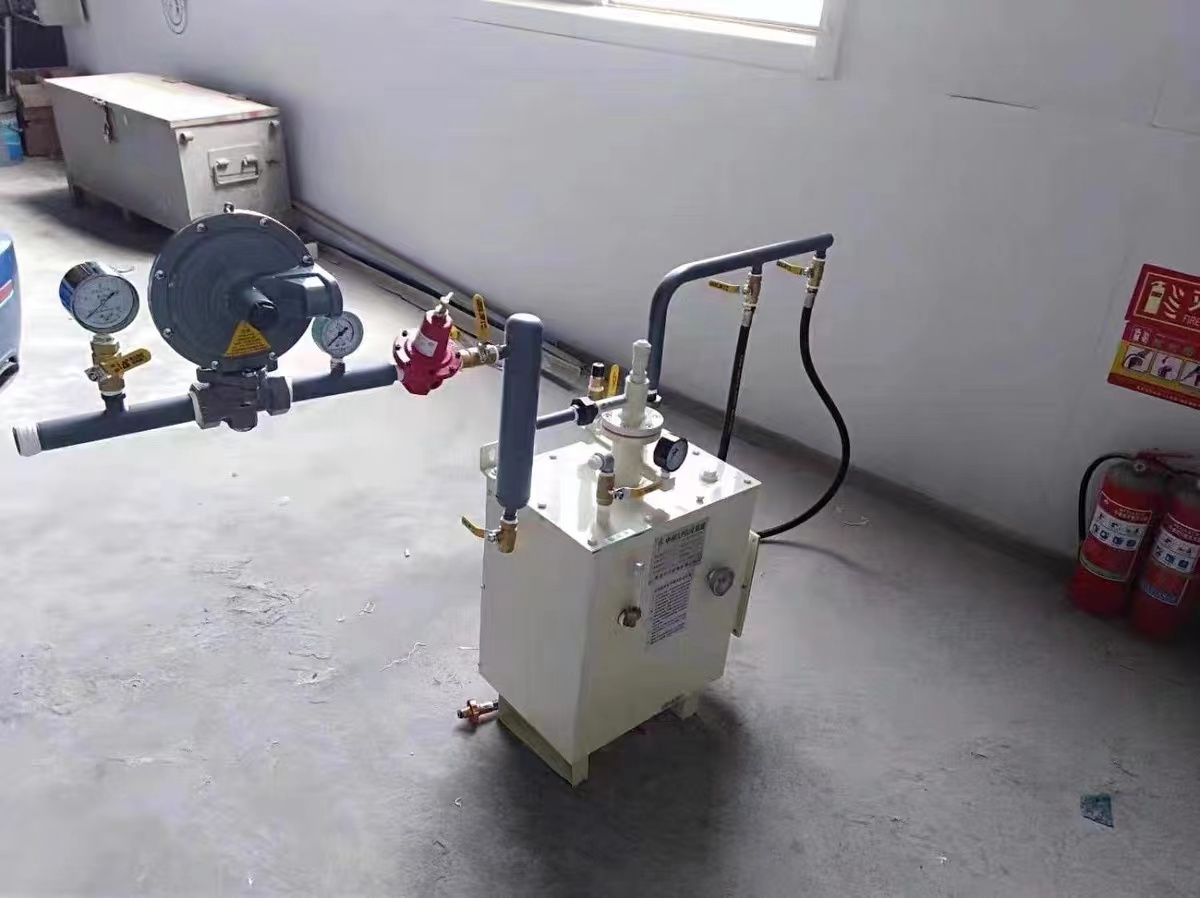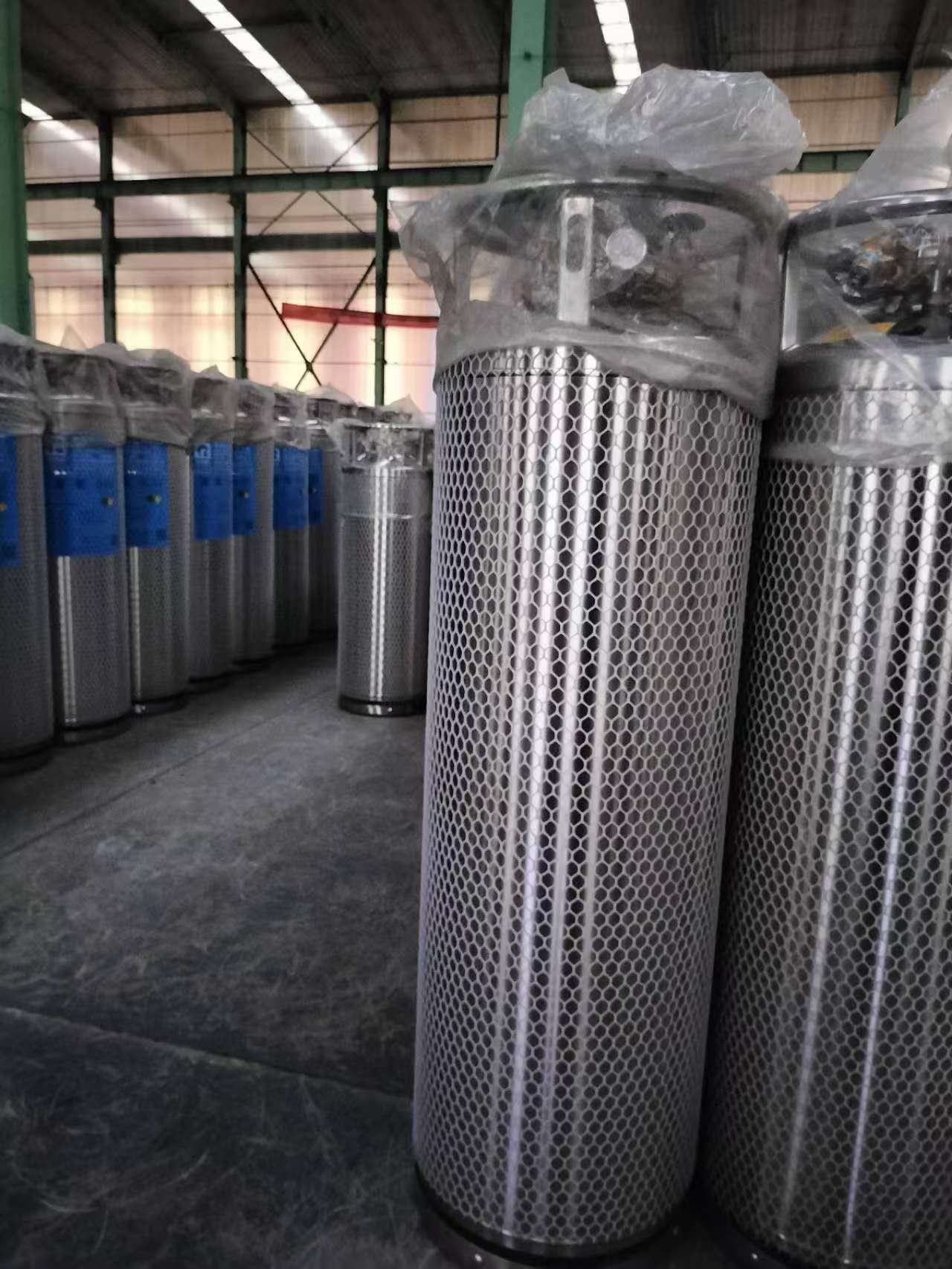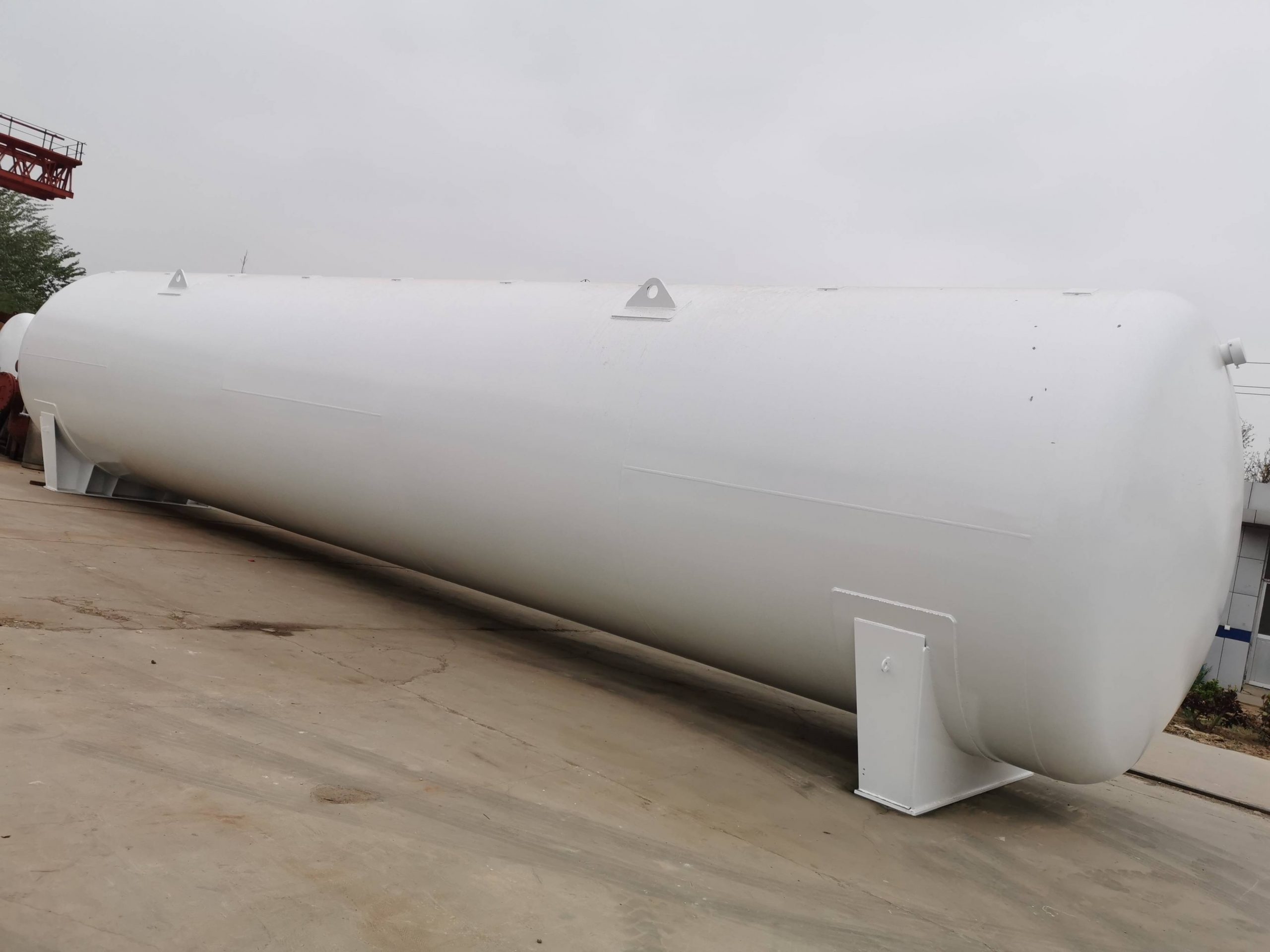Home » cryogenic LNG storage tank » The Fascinating Process of Natural Gas Liquefaction
The Fascinating Process of Natural Gas Liquefaction
Ever wondered how natural gas is transformed into a liquid?
Contact US
Get Price
Share:
Content
Ever wondered how natural gas is transformed into a liquid? The liquefaction process occurs at specialized facilities, where it undergoes three critical stages:
- Pre-processing: Removal of impurities like dust, water, and mercury is essential to prevent corrosion and freezing issues, particularly in aluminum heat exchangers.
- Acid Gas Removal and Dehydration: Carbon dioxide (CO2) and hydrogen sulfide (H2S) are absorbed and removed from natural gas using amine absorbers (Acid Gas Removal or AGR). Adsorbents are employed to eliminate water, preventing the formation of ice during the subsequent liquefaction process.
- Heavy Hydrocarbon Separation and Liquefaction: Heavy hydrocarbons (C5+) are removed through distillation before liquefaction. The natural gas is pre-cooled with propane to around -31℉ (-35℃). Following pre-cooling, the gas passes through the Main Cryogenic Heat Exchanger (MCHE), where a mixed refrigerant (MR) is used to liquefy and supercool it between -238F (-150℃) and -260F (-162C). The MR undergoes pre-cooling and separation in a high-pressure separator. In the MCHE, vapor and liquid flow through separate channels, further cooling, liquefying, and supercooling the gas.
Understanding this intricate process is key to appreciating the efficiency of LNG production.
Inquiry
More Cryogenic storage tanks

